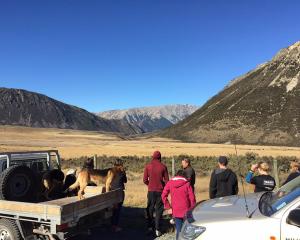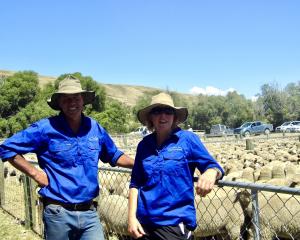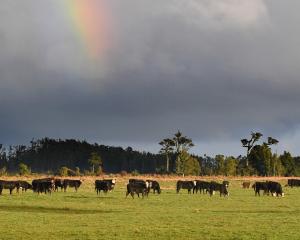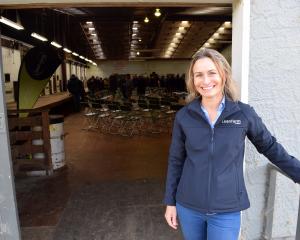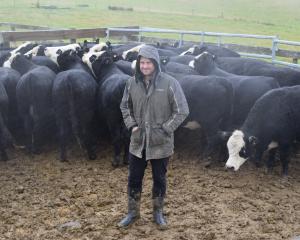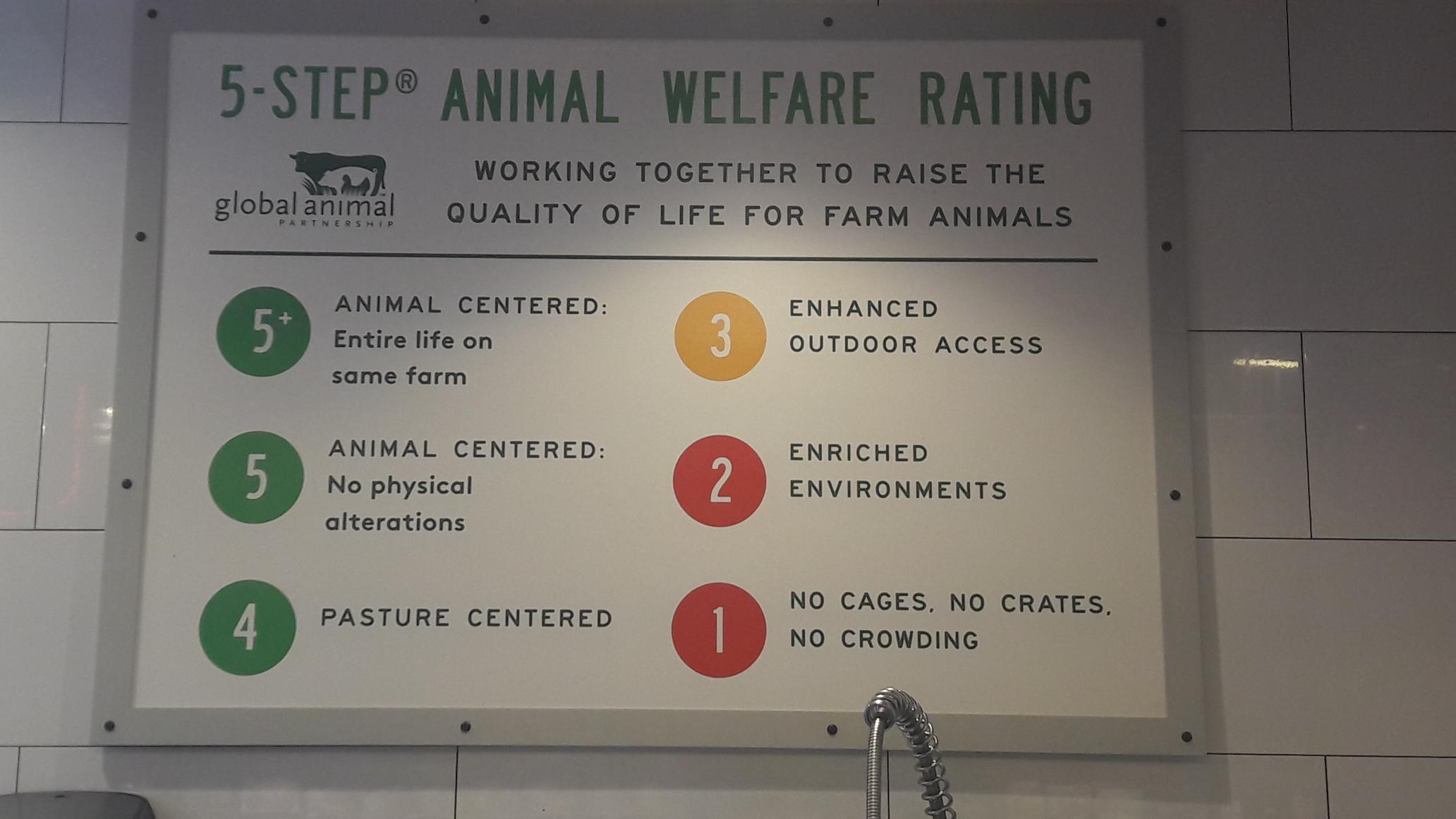
Consumer-driven markets and meatless Impossible Burgers were two of the topics covered in the New Zealand Beef and Lamb Genetics online forum.
Silver Fern Farms agribusiness technical manager Melissa Sowden discussed what the high-end beef consumer was likely to be looking for in 10 years’ time and the global demand for animal protein.
‘‘We can see that in the next 10 years there will be about a 17% increase in demand for animal protein. Beef will play a part in this — however, the biggest protein that is going to factor into this increase is going to be chicken, because chicken is cheap,’’ Ms Sowden said.
‘‘We do still need to think about beef, because we will have an opportunity in there, and we also need to think about alternative proteins — these will be part of the solution for global proteins.’’
Alternative proteins were creations such as the Impossible Burger and the Beyond Burger, both consisting of 100% plant material.
Ms Sowden said in a recent trip to the United States she tasted both alternative burgers.
‘‘For a person who doesn’t normally eat burgers and is traditionally a steak eater, I actually couldn’t taste the difference between an Impossible Burger and a grainfed United States burger,’’ she admitted.
Alternative proteins were here to stay, Ms Sowden said.
‘‘We need to make sure that when we’re looking at going into those markets we need to differentiate them and to do that we have to make sure that what we are producing is at the highest standards possible.’’
At one of the top end wholefood supermarkets in New York every piece of protein on sale in the butchery was backed by a ‘‘5 Step’’ animal welfare programme, Ms Sowden said.
‘‘Most of New Zealand farm systems would only sit at about a three or a four [on the programme], so you can see
that consumers are starting to purchase [based] on animal welfare,’’ she said. ‘‘Consumers are not only making purchasing decisions on animal welfare, but on ‘is this environmentally friendly? Is this sustainable?’ And we could, in 10 years time, be looking at ‘is this a carbon-neutral farm?’’


